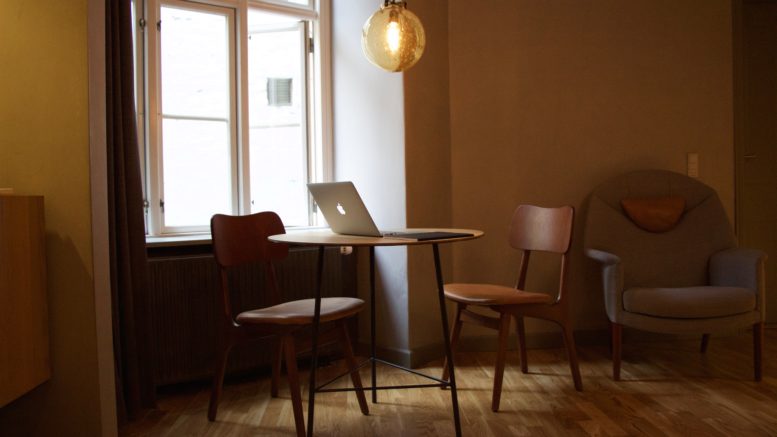As the election draws near, debates and interviews with politicians all become part of the furniture, but what does it mean to the buy to let sector?
Election campaigning does not seem to be giving much, if anything, to the private sector landlord. It seems that home ownership remains the only perceived tenure that will satisfy the populace and it has to be said, in the absence of announcements promising that the Right to Buy will be rescinded, it appears that this is the position of all parties.
This was my assessment of the situation, so it was a pleasant surprise to read an article in Inside Housing, 25th October by Alison Inman, board member of Saffron Housing Trust and Tpas; in it, she praised the private rented accommodation stating the obvious (but often ignored) fact that ‘In order to lead good lives, though, our tenants need access to floor coverings, blinds, furniture and white goods (that is, electrical appliances). All these are routinely available in the private rented sector and may become an increasing factor in whether people choose to live in the social sector or not’.
This is a very different position to that which social landlords have held for so long – that social housing is the favoured preference of all and that the private sector is the option for those unable to obtain a social housing property.
In fact, I have argued for years that for some, it is a proud boast that they have never been Council (social) tenants. The private sector may provide accommodation that is in better areas, within good school catchment areas. Whilst more recent social housing, built by housing associations, may be smaller developments and could be mistaken for private housing, the large, wind-swept and unlovely estates of the 1950’s and 60’s do not meet the dreams of many.
Right to Buy is an incentive for some working tenants allowing opportunity of home-ownership they would not have known without a council tenancy, a family that is benefit dependent and seems unlikely to gain work, will not have the same desire to become a social tenant.
Ms Inman has obviously seen tenants who, having accepted a social tenancy, do not have adequate means to furnish it. People live in smaller properties; the bed that has been replaced is destined for the tip, not to be stored away in case someone needs it. More commonly, people will approach bright house, a furniture provider with high interest rates and who, if a payment is missed, will remove the furniture item, irrespective of how much has been paid on it.
I interviewed a woman with 4 children, approaching their teens. She was desperate to take a 2-bedroomed private rented property, because beds were provided. My concerns were brushed aside – they all shared beds, despite the mixed genders and the ages of the children.
Many social landlords are trying to address the issue, by providing a furniture package. This is excellent news, but the problem is that whilst housing benefit will cover the cost of a furnished tenancy, if the tenant starts working, they then not only have the rent to pay, but the quite substantial addition of the cost of the furniture.
Private landlords – continue to do what you do, allocating properties with fitted kitchens, often with white goods, furniture that at least make the properties a home, rather than a bleak box. Many parents would rather live in a private rented property, with some flexibility that would allow them to replace with their own furniture at some stage and lead to greater independence and self-respect, than be social tenants and subject to the local authority’s/housing association management.
Well done, private landlords!
For advice on buy to let issues – General Knowledge








Be the first to comment on "Furniture Can Make the Difference in Your Rental Property"